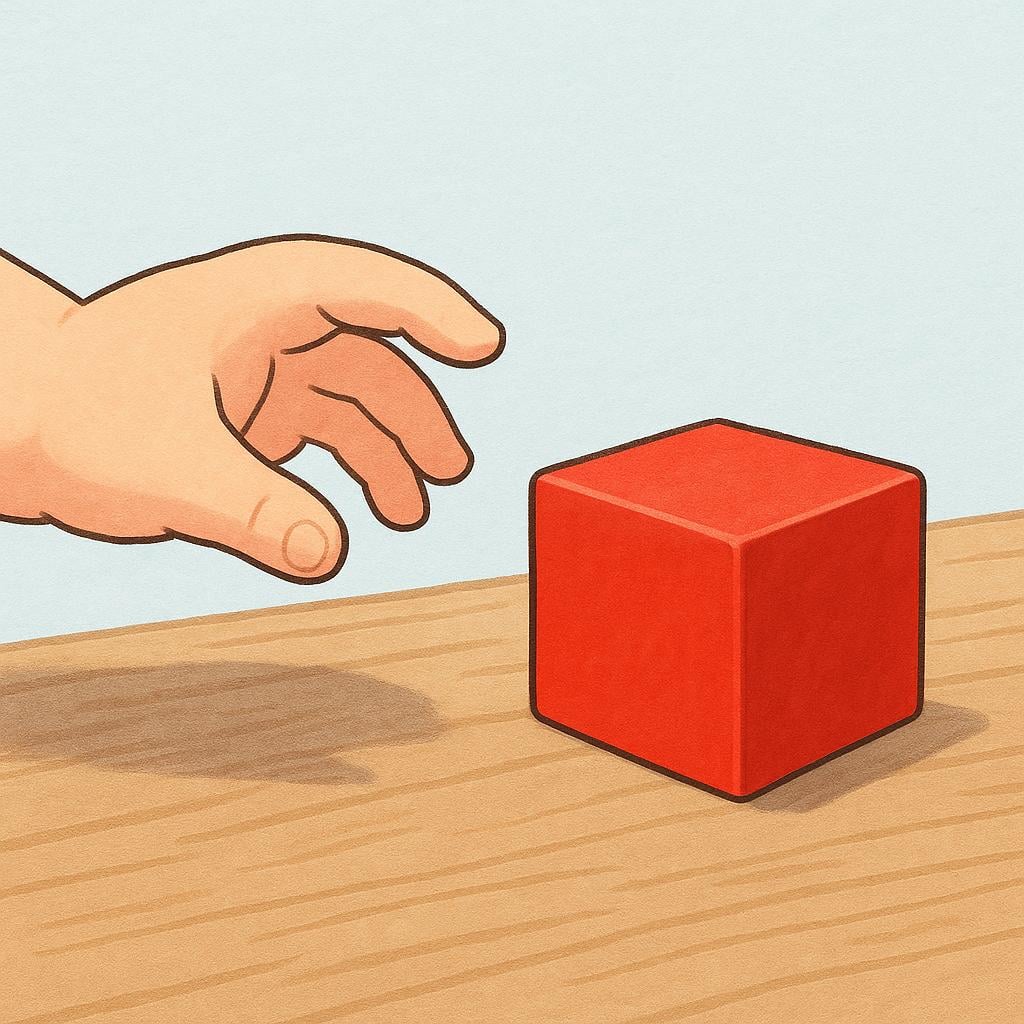
déjalo
DEH-hah-loh
Quick Reference
📝 In Action
Ese libro es mío. Déjalo.
A1That book is mine. Leave it (don't touch it).
Ya es tarde. Déjalo para mañana.
A2It's already late. Leave it (put off) until tomorrow.
No te preocupes por el examen. Ya pasó, déjalo.
B1Don't worry about the exam. It already happened, let it go.
💡 Grammar Points
Built from Two Pieces
This phrase is a command form of the verb 'dejar' (to leave/let) plus the little word 'lo' (meaning 'it').
Pronoun Placement in Commands
In affirmative commands (when you are telling someone to do something), the pronouns like 'lo' are attached directly to the end of the verb, forming one single word. That's why the accent is needed!
The Accent Mark
The accent mark on the 'e' (déjalo) is necessary to keep the stress on the first syllable, where it naturally falls in the root verb 'deja'.
❌ Common Pitfalls
Forgetting the Accent
Mistake: "Dejalo"
Correction: Déjalo. Without the accent, the stress shifts to the 'a' (deh-HAH-loh), which sounds unnatural and incorrect.
Using it for 'You (Formal)'
Mistake: "Using 'déjalo' when speaking to your boss or an elderly person."
Correction: Use 'déjelo' (if addressing one formal person) or 'déjenlo' (if addressing multiple people). 'Déjalo' is strictly for 'tú' (informal).
⭐ Usage Tips
Matching the Object
If you are telling someone to leave a feminine object, you must change the ending: 'Déjala' (Leave the book, la llave). If the object is plural, use 'Déjalos' or 'Déjalas'.
✏️ Quick Practice
💡 Quick Quiz: déjalo
Question 1 of 2
If you want to tell your friend to stop talking about a sensitive topic, which phrase would you use?
📚 More Resources
Frequently Asked Questions
Why does 'déjalo' have an accent mark?
The accent mark is needed because attaching the pronoun 'lo' adds an extra syllable to the end of the word. In Spanish, we add an accent to keep the natural stress of the original command ('deja') on the first syllable.
How do I say 'Leave us alone' using the same structure?
You would replace 'lo' (it) with 'nos' (us) and attach it to the command: 'Déjanos.' Since 'nos' has two vowels, you do not need the written accent here.